Are you a Valve Technician or Valve Specialist ? Preparing for your interview on valves ? Here is the Safety Relief Valve Questions & Answers useful for your preparation.
Safety Relief Valve Questions & Answers
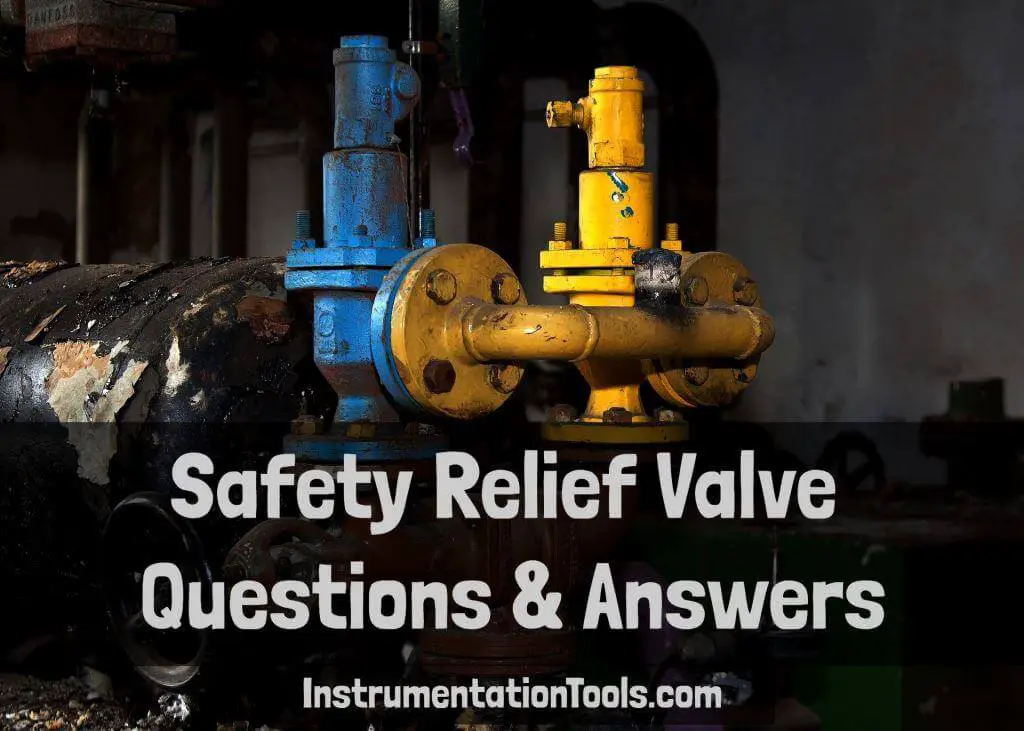
What is a pressure relief valve?
Relief valves are automatic valves used on system lines and equipment to prevent over pressurization. Most relief valves simply lift (open) at a preset pressure and reset (shut) when pressure drops only slightly below the lifting pressure.
System pressure simply acts under the valve disk at the inlet of the valve.
When system pressure exceeds the force exerted by the valve spring, the valve disk lifts off its seat, allowing some of the system fluid to escape through the valve outlet until system pressure is reduced to just below the relief set point of the valve. The spring then reseats the valve.
What is the difference between orifice and inlet size?
The orifice diameter is the internal opening of the valve and is used to calculate the flow capacity of the valve. It’s the inside hole. The inlet size is the interface or the size/type of the threads where you attach the valve.
What if my pressure regulator is leaking or not working properly?
Leaking may occur due to debris getting under the diaphragm and preventing it from seating properly and creating gaps which allows air to pass. This could be caused by having a dirty air environment or by having inadequate filtration. You should first check the regulator to ensure that the diaphragm is clean and undamaged.
You should also make sure that you have an adequate filter upstream and then consider changing the filter element. Dirty air and debris in the system can also cause the diaphragm to tear in which case you would experience the same performance issues. The diaphragm can be easily replaced by purchasing a repair kit.
Is there a difference in the definition of “Set Pressure” between Air & Liquid applications?
Yes. Liquid Applications: Liquids tend to be incompressible, meaning they cannot be compressed like air. Liquids can be under pressure but as soon as the volume changes they immediately lose all pressure (pressure goes to zero).
There are three accepted definition in the industry for liquid applications. They are: start to leak, first steady stream and full flow.
For Liquid applications – we defines “Set Pressure” as the first steady stream of flow out of the valve.
Also Read: Basics of Valves Questions & Answers
Why is my valve leaking?
It is normal for spring-operated safety valves to exhibit leakage or simmer/warn, as the operating pressure approaches the nameplate set pressure, typically in the 80%-90% range of nameplate set pressure.
The ASME Boiler and Pressure Vessel Code does not require a specific seat tightness requirement. A certain level of leakage is allowed per manufacturers’ published literature.
Generally defines seat tightness standards as follows: Factory Standard Seat Tightness Performance: o Hard Seat Valves – no audible leakage at 20% below nameplate set.
Soft Seat Valves – no audible leakage at 10% below nameplate set. At very low set pressures (20 psi and below), the ratio of the downward spring force as compared to the upward pressure force is very small.
In these cases it may be impossible to achieve seat tightness. Use soft seat valves for superior seat tightness in applications which fall within the soft seat material temperature limitations.
Although soft seat valves will typically provide a higher degree of seat tightness than metal seats, Factory Standard does not ensure bubble-tight seats, regardless of seat material.
What set pressure should the valve be set to open?
Typically, the valve should be nameplate set to open at the MAWP (Maximum Allowable Working Pressure) of the vessel the valve is intended to protect.
There is a tolerance to actual set pressure, which means a valve set at 100 psig nameplate may open slightly above or below 100 psig.
Consult the current ASME Boiler and Pressure Vessel Code for tolerance classes and special situations when the set pressure may be different than the MAWP.
What is the blowdown of a Section VIII or non-code safety valve?
The ASME Boiler and Pressure Vessel Code does not have blow down requirements for Section VIII (or non-code) valves.
Blowdown may vary from less than 2% to more than 50%, depending on many factors including; valve design, dimensional tolerance variation, where the set pressure falls in the set pressure range of a spring, spring rate/force ratio, warn ring/guide settings, etc.
Typical blow down for most valves is 15% to 30%, but cannot be guaranteed.
How does back pressure affect valve set pressure and capacity?
Back pressure reduces set pressure on a one-to-one basis, i.e., a valve set at 100 psig subjected to a backpressure at the outlet of 10 psig will not actuate until system pressure reaches 110 psig.
Back pressure drastically reduces capacity; typically backpressure of 10% of set pressure will decrease capacity by 50%.
Specific capacity reduction should be determined by the user on a case-by-case basis by flow testing. Back pressure in excess of 10% of set pressure is not recommended.
Does altitude affect set pressure?
No. Gage pressure (psig) is used to set valves so the effects of weather and altitude on set pressure can be ignored.
Why does my valve actuate/open early?
It may not be. Warn/simmer or seat leakage is sometimes mistaken for set pressure. Visible or audible leakage or system pressure drop is not set pressure. The correct definition of set pressure is: For liquid service, first vertical steady stream.
For liquid service, first vertical steady stream. For some valves in air/gas service, First audible. Variance of set pressure is allowed, i.e., a Section VIII air valve with a nameplate of 100 psig set pressure may open from 97 psig to 103 psig, but will be factory set around 102 psig.
How high can my system pressure be before my valve opens?
Maintain a minimum operating gap of 10% between the system operating pressure and the safety valve’s nameplate set pressure.
Since direct spring operated safety valves may “Simmer” or “Warn” at 90% of the nameplate set pressure, and since the factory standard leak test performed at 80% of nameplate set pressure, better seat tightness performance can be expected with an operating gap of 20%.
Also Read: Instrumentation Standards Questions & Answers
Which end should be connected for vacuum valves?
This is often a confusing topic. The correct installation often looks backwards from what appears to be correct. A paper instruction tag illustrating the proper connection is attached to each valve.
Vacuum valves should have the NPT threads that are cast integral to the body attached to the vacuum source. See the assembly drawing for additional clarification.
Why is there a hole in the valve body?
This drain hole is required on some models by the ASME Boiler and Pressure Vessel Code.
It is intended to prevent any condensate from accumulating in the body that may freeze or corrode internal valve parts and prevent the valve from opening.
The drain hole should be piped away to safely dispose of any discharge or condensate.
What mounting orientation should be used to install a safety valve?
Installing a safety valve in any position other than with the spindle vertical and upright may adversely affect performance and lifetime and may not meet code.
Installation in any position other than vertical can violate code standards.
How often should I test/inspect my valve?
Maintenance should be performed on a regular basis. An initial inspection interval of no longer than 12 months is recommended. The user must establish an appropriate inspection interval depending on the service conditions, the condition of the valve and the level of performance desired.
The ASME Boiler and Pressure Vessel Code does not require nor address testing installed valves. The only thing the codes states are design and installation requirements, such as some valves must have a lifting lever. For instance for section VIII:
“Each pressure relief valve on air, water over 140F, or steam service shall have a substantial lifting device which when activated will release the seating force on the disk when the pressure relief valve is subjected to a pressure of at least 75% of the set pressure of the valve. ”
is the proper way to install a safety or safety-relief valve?
Safety and safety-relief valves should be installed vertically with the drain holes open or piped to a convenient location. All piping must be fully supported.
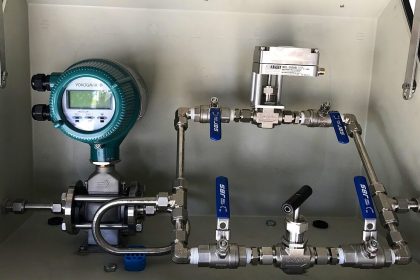
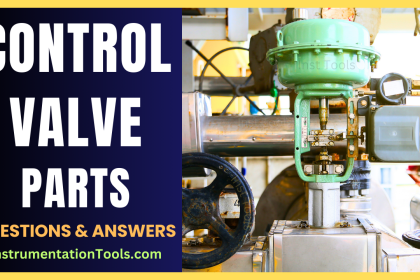
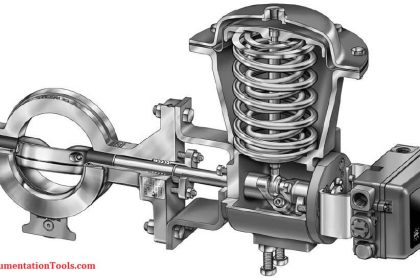
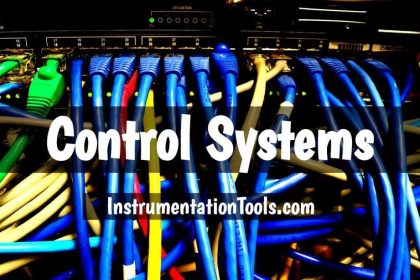
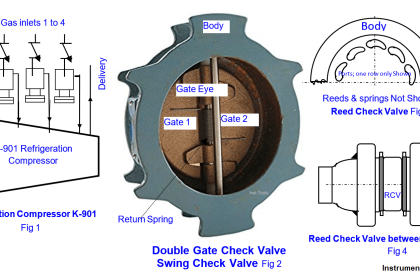
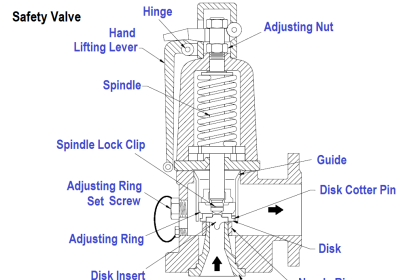
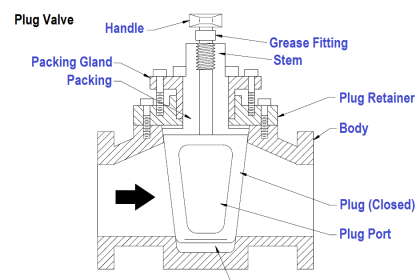
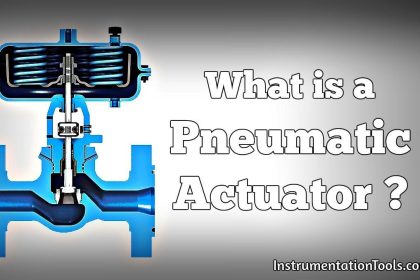
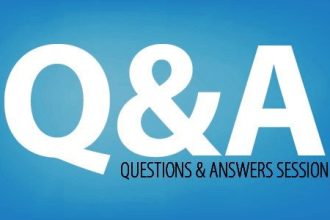
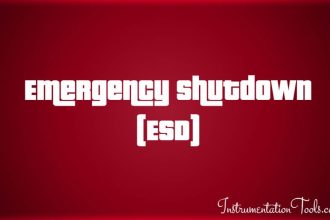
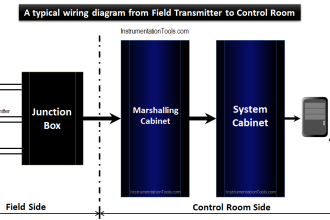
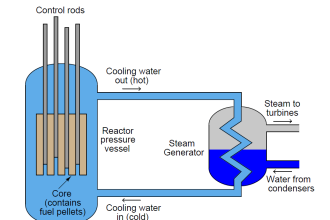
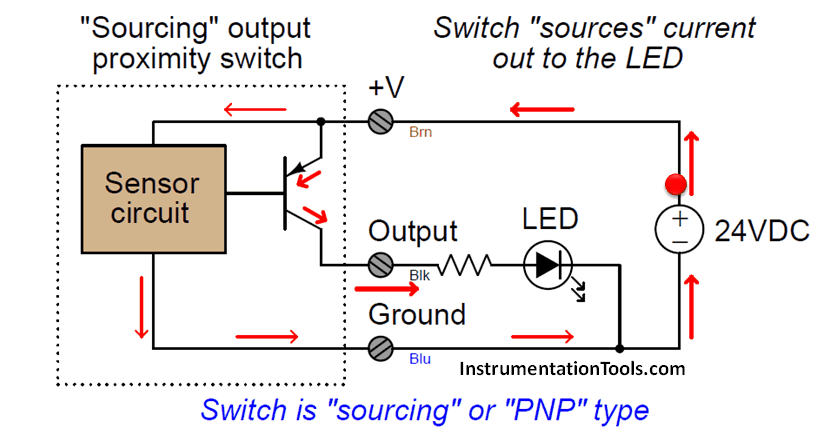
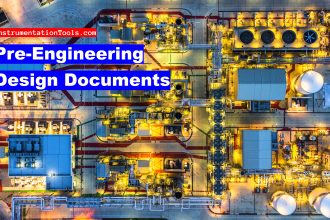
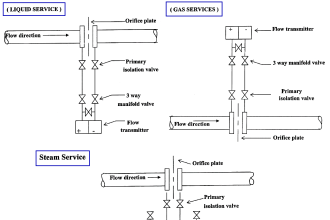
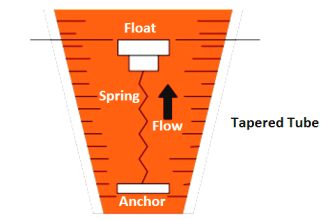

100% Best Useful website. Very Good for Interview Preparation. Thanks
Hello
Somewhere i read as, PSV design shall be as per ASME Sec VIII and calculation shall be as per API 520. What this statement suggests? What design criteria ASME specifies?
HELLO
My name is Pouria Abbasi
I had a question regarding fluid leakage between the PSV disc and nozzle and I hope you will answer me.
We have a conventional PSV mounted on a drum and its set pressure is 112 bar gauge and its Superimposed back pressure is 0.
Operating pressure is 102 bar gauge.
When we test the PSV in the workshop with air, no leakage is observed between the disc and the nozzle. We even increase the leakage test pressure to 106 (about 95% of set pressure) but no leakage is observed.
But as soon as it is put into service ( HHPS ) , the PSV starts leaking at 100 to 102 pressure!
Even we did PT test on nozzle and no cracks were observed and also we changed the Disc with new one.
It should be noted that we do not have the possibility to test with steam in the workshop.
What is the reason for the leakage in service?
Additional information:
Type: open bonnet-spring loaded – conventional
Fluid: HPS
Nozzle: stainless steel
Disc: Inconel
Operating temperature: 313
Set pressure: 112 barg
Op pressure: 100-102 barg
Thanks For Your Response In Advance
Hello Pouria,
Based on your description, the leakage could be due to differential thermal expansion between the nozzle (stainless steel) and disc (Inconel), causing slight deformation when exposed to high operating temperatures (313°C). This mismatch in thermal expansion can lead to a gap forming at the seating surface under service conditions, especially when near the operating pressure (100-102 barg). The higher temperature in actual service compared to workshop testing with air may amplify this effect.
Consider reviewing material compatibility or look into adjustments for thermal expansion effects.